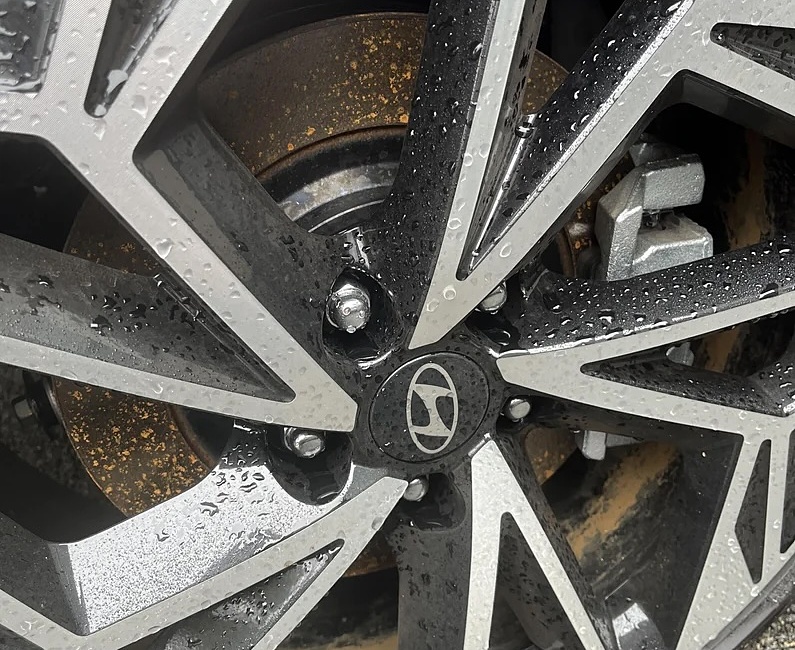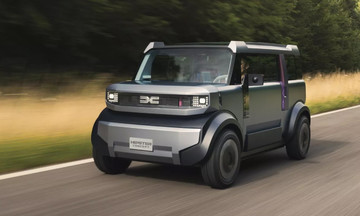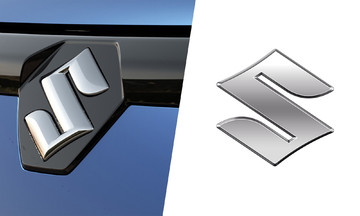Brake discs on vehicles are typically made from steel or cast iron alloys. These materials offer stable mechanical strength, withstand high friction, and dissipate heat effectively during intense use. Compared to other materials like carbon ceramic, cast iron and steel are significantly cheaper and easier to mass-produce, making them suitable for most mainstream and mid-range vehicles.
However, these alloys are prone to oxidation in humid environments. Brake discs often develop a brown rust layer when exposed to rain, humidity, or prolonged periods of inactivity. In internal combustion engine vehicles, this phenomenon is less noticeable because each time the driver brakes, the brake pads pressing against the disc remove the rust. Rust becomes most apparent after extended periods of inactivity in humid or rainy conditions.
Although electric and hybrid vehicles also have mechanical brakes, brake disc rust is more common. This is primarily due to the use of regenerative braking. When the driver releases the accelerator, the electric motor reverses and recovers energy, reducing the use of mechanical brakes. One-pedal driving, which allows the car to decelerate efficiently by simply releasing the accelerator, further reduces brake pedal use, especially during low-speed city driving.
 |
Rusty brake discs on a Hyundai Ioniq 6. Photo: *Gork73* |
When mechanical brakes are used less frequently, rust on the disc surface isn't removed and can accumulate over time. This can reduce braking efficiency, cause squeaking or vibration when braking. In some cases, rust can cause the brake pads to stick, leading to brake lockup. Common signs include a heavy or uneven brake pedal feel, or unusual noises from the wheels.
Online forums and specialized electric vehicle websites in the US and Europe have documented increased brake disc rust in EVs compared to gasoline cars. Some have called it an unwanted side effect of regenerative braking, which offers performance and energy-saving benefits but can create inconveniences in daily use.
Because of this, some manufacturers have equipped their electric vehicles with a brake disc cleaning feature. For example, the Hyundai Ioniq 5 and Ioniq 6 allow drivers to activate this mode by holding the Auto Hold button for 3 seconds. This temporarily disables regenerative braking and switches the car to using mechanical brakes exclusively. The continuous friction of the brake pads against the disc surface removes the rust layer. The manufacturer's manual states that the cleaning mode ends automatically after approximately 10 brake applications.
 |
Brake Disc Cleaning mode notification on a Hyundai Ioniq 6 after holding the Autohold button for 3 seconds. Photo: *i6Journey* |
For electric vehicles without this self-cleaning feature, owners can address the issue manually. The simplest method is to set the regenerative braking to its lowest level, then drive and apply the mechanical brakes 10-20 times, ideally at moderate speed on an empty road. When the unusual noises disappear and the brakes feel smooth, the discs are clean.
Switching from gasoline to electric vehicles requires drivers to adopt new habits. Paying attention to brake disc rust is crucial for safety and maintaining braking effectiveness.
Ho Tan










